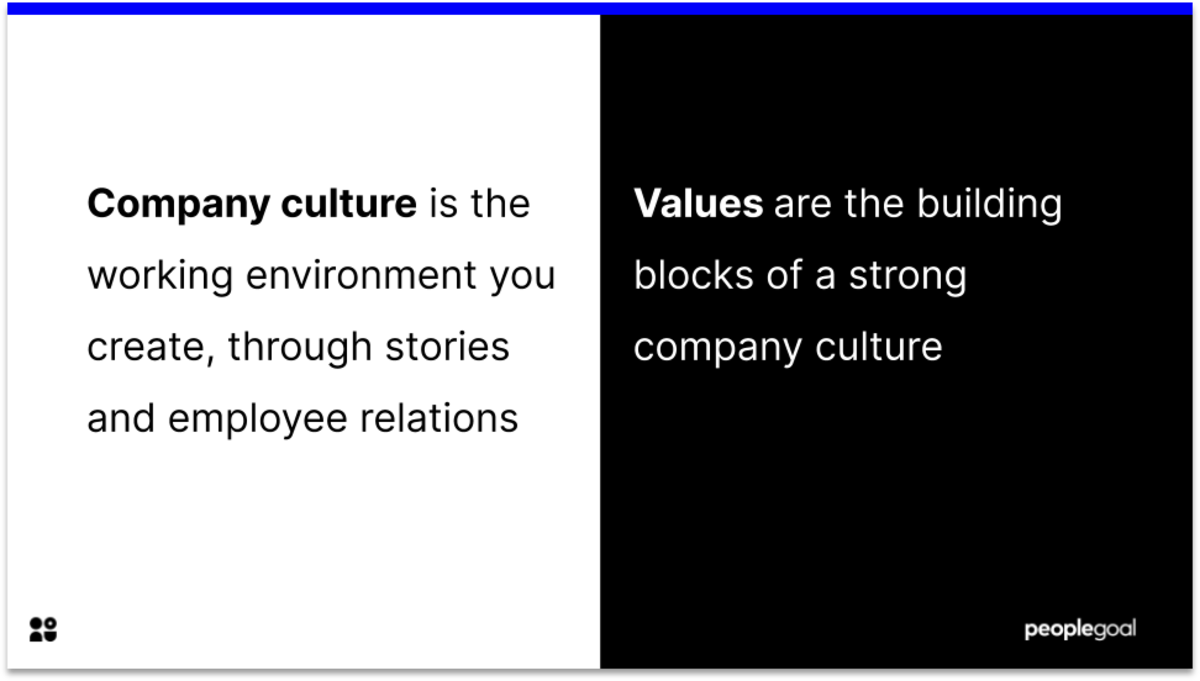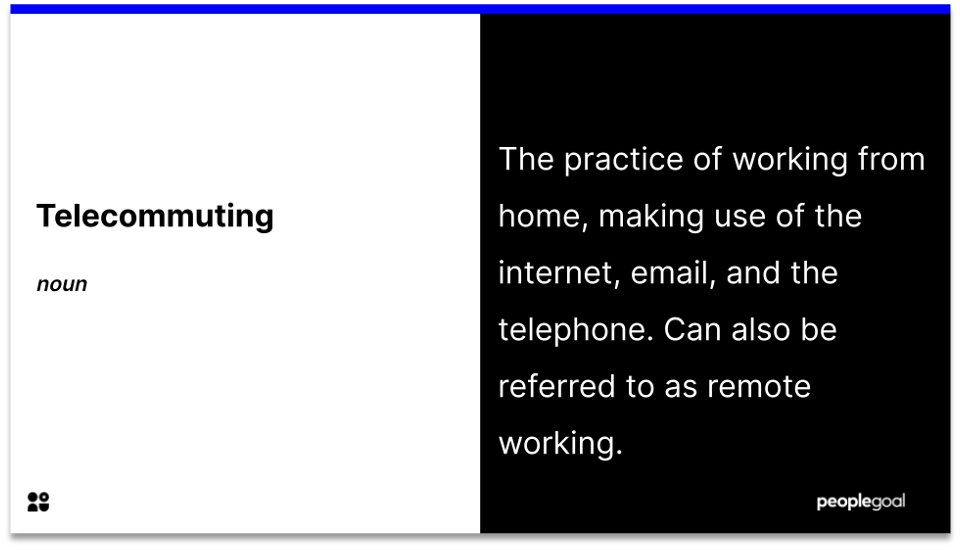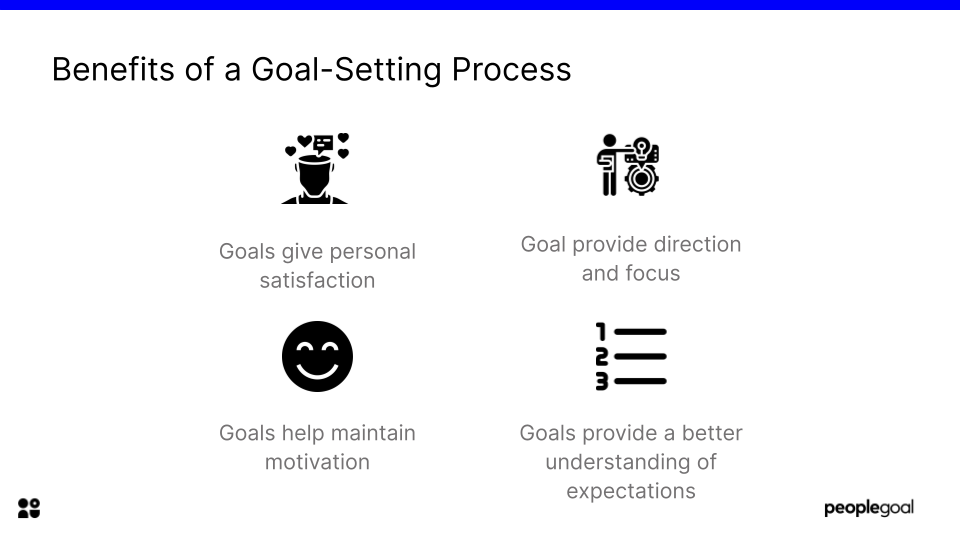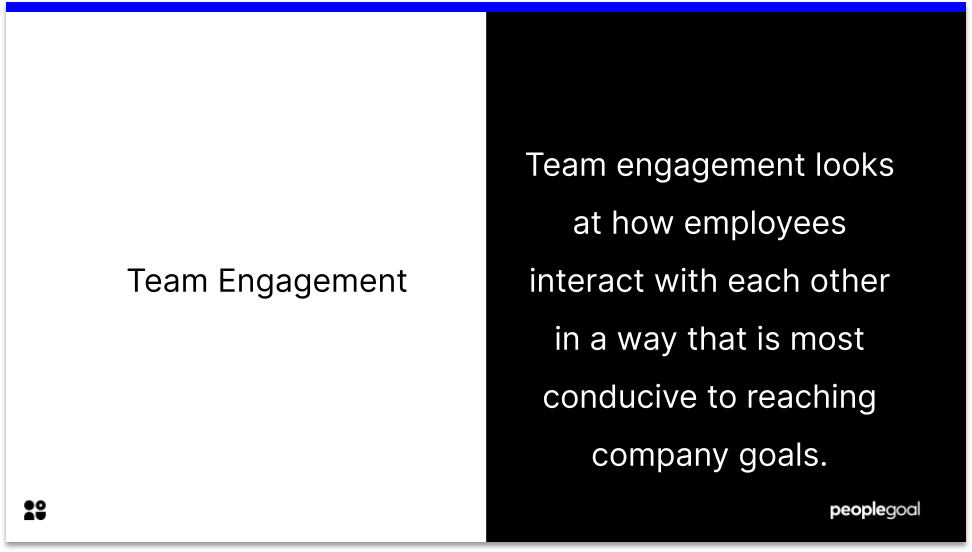Let’s begin the article by defining the three key features: team leaders, trust and engagement.
What is a team leader?
A team leader is someone who provides direction, instruction and guidance to a group of individuals in the pursuit of achieving their goals. It is someone who provides leadership to this group. They provide details of quantitative and qualitative achievements to a manager. A team leader is very much involved with the operational aspects of the projects and often works within the team as a member. There are various types of leaders and leadership styles one can adopt depending o the culture of the company.
What is trust?
Trust is a central part of all human relationships. This extends into all types of relationships, whether they be family, romantic or even in the organizational environment. Building and maintaining trust is a difficult but essential part of any working life!
What is employee engagement?
Employee engagement is such a massive topic. That’s why we’ve written an essential guide on it. In Lehman’s terms, employee engagement is the extent to which employees feel committed to an organization, the extent to which they recognize their contribution to the organization and how passionate they are about their jobs.
Research has indicated that one of the key components of a highly engaged workforce is the extent to which team members have trust in their leaders. Trust is a foundation for engagement. Without it, achieving high levels of engagement is near impossible. When trust is present, people want to work and do their work, both individually and as a team. Trust helps people to align to a common purpose and helps the organization to progress productively. When trust is missing, the workplace is not a pleasant jungle, with people working ineffectively and often against each other. Trust is very hard to build in a workplace, but very easy to lose.
As previously said, the key link between trust and engagement, is team leadership. This isn’t the greatest surprise. Team leaders are with their employees every day, working with them, sharing in the wins and the losses. They are distinct from managers as they are actually a team member. Due to this occurrence, team leaders are in a great position to either build or break trust.
What does a trustworthy team leader look like?
Effective leadership lays down the foundations for trust to be built on, and as a consequence employee engagement. Here are our top tips to help leaders build trust in the workplace.

1. Understand that building trust is a process
As mentioned earlier trust isn’t immediately available. It must be built, and it can be very easy for that work to be destroyed. Recognizing that building trust is a long process and requires hard work is imperative. It is the first step in building trust.
2. Honesty
This isn’t simply telling people what they want to hear, it’s about being honest to your team, whether you like it or not. Communicate facts. Be aware of the sensitivity of others. Be open and honest in all areas of your attitude, behaviour and language.
3. Consistency
Doing what you say you do consistently will help to build trust over time. Doing it occasionally will send mixed messages to your employees and will create ambivalent trust in the workplace.
4. Accountability
Acknowledging when you have made a mistake is a sure-fire way to build trust with your team. When your employees recognize you as credible and fair, they will view you as a trustworthy leader. It will help foster a culture of accountability and therefore trust.
5. Lead by example
When leaders live and model by the way they want their team to live by, this not only influences your team’s behaviour, but also instils trust as you are transparent, honest and accountable. A culmination of drivers of trust.
6. Lead and Follow
According to psychologists Alex Haslam and Kim Peters, leaders can benefit by showing their team that they can get their hands dirty and be a real member of the team. They argue that ‘leaders need to be seen as ‘one of us’’.
7. Transparency
Being transparent is a continuous issue. It is easy to be transparent when the business is doing well, but this must extend into when the business is doing less well. Communicating with your employees will help to build trust and a culture of cohesion. Transparency is key to building trust as it gives employees a bigger perspective.
8. Share a bit about yourself
Humanizing your role as team leader will foster trust. Revealing details about yourself in the workplace or personal capacity will develop a more tangible relationship between you and your team.
9. Provide recognition
Giving recognition to your team is so important if you want to build trust. Not giving them any feedback on their work will lead them to become alienated with it and you. Indicating that the work that they do is good or needs improving shows to them that you care about the quality of their work.
10. Trust them
Trust is bi-directional, to gain it, you’ve got to give it. Showing your employees that you have trust in them, their abilities, their skills, their decision-making skills and so on. Making your employees the best they can be, means allowing them to operate in a workplace of freedom.
Ready to 3x Your Teams' Performance?
Use the best performance management software to align goals, track progress, and boost employee engagement.






